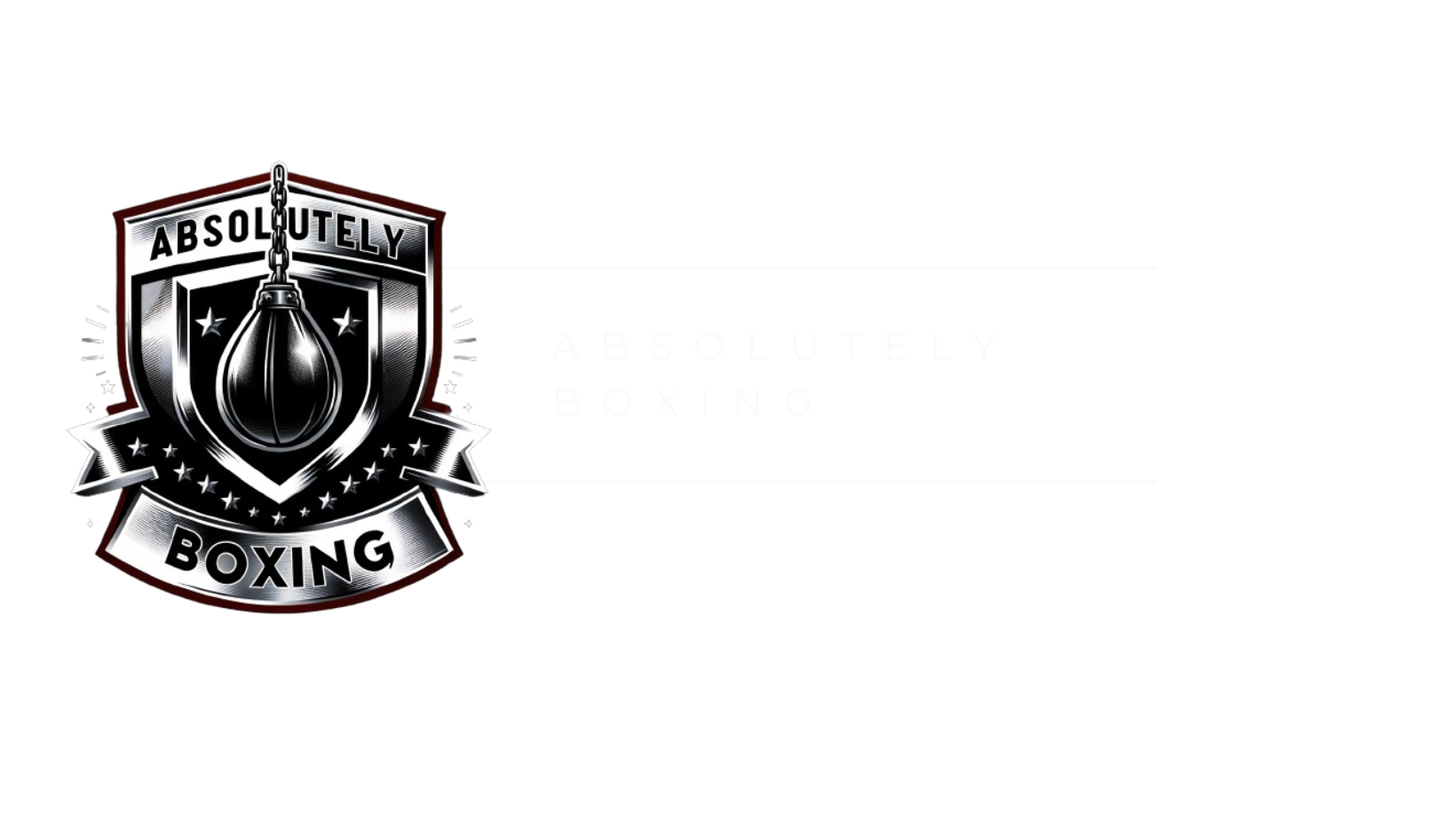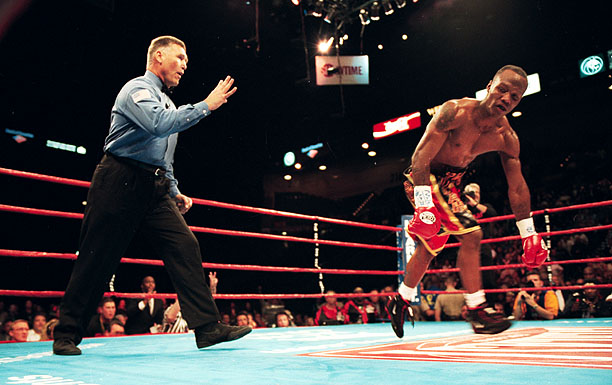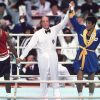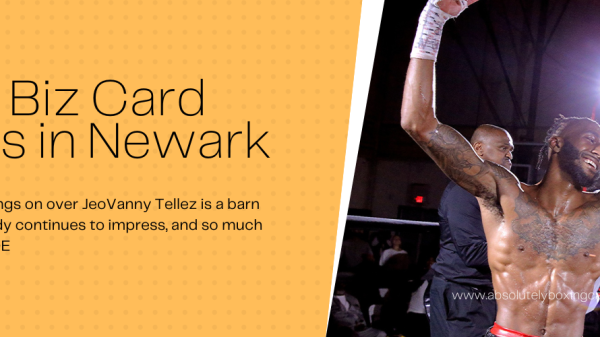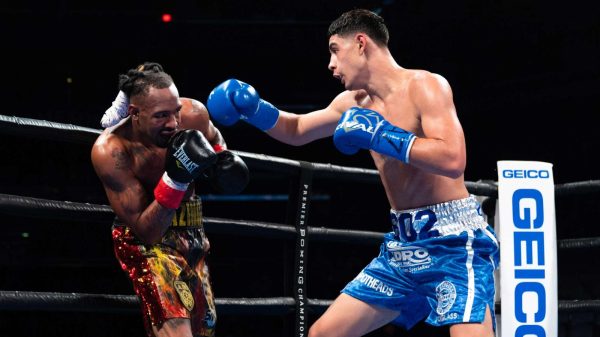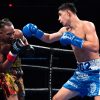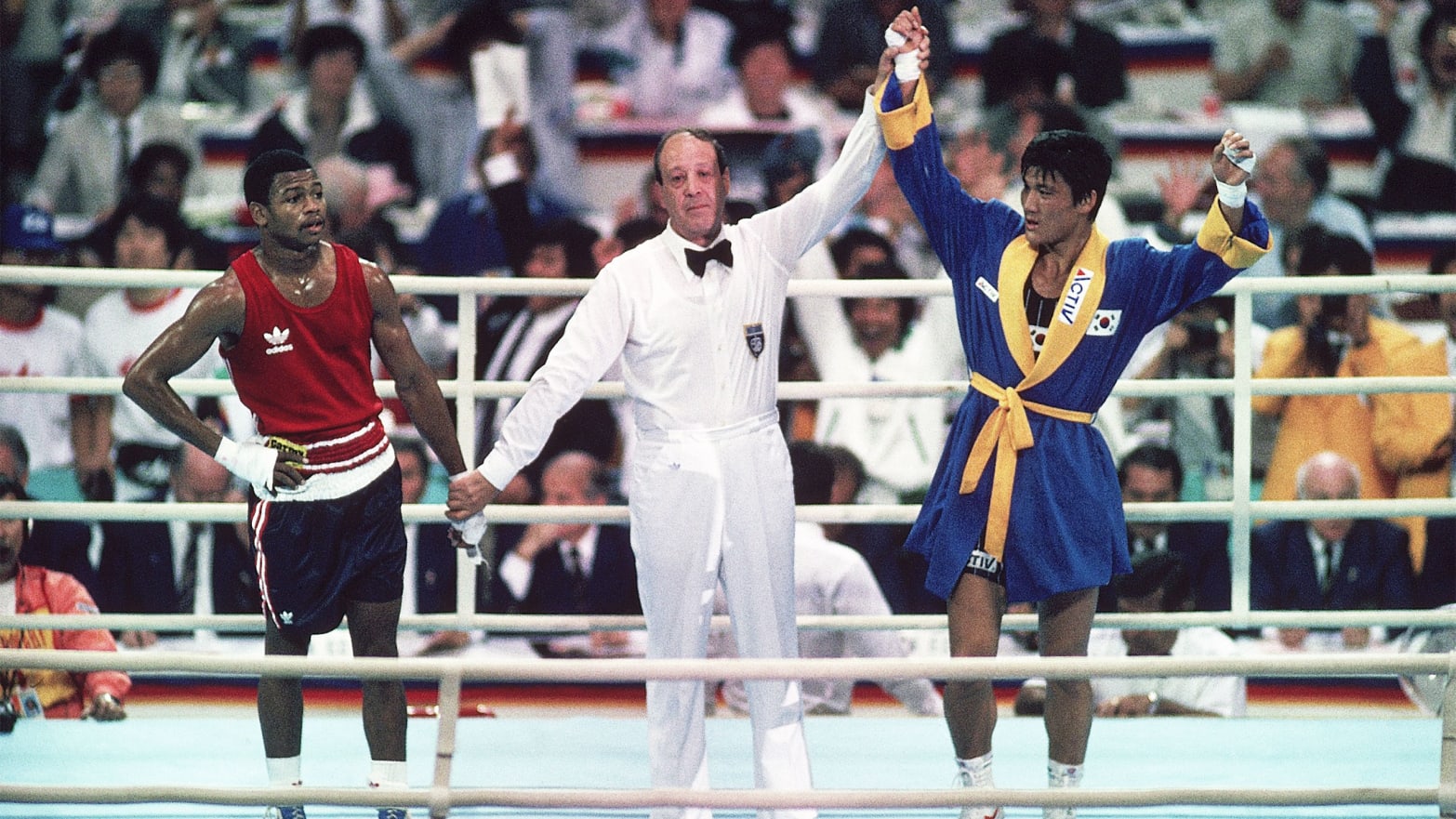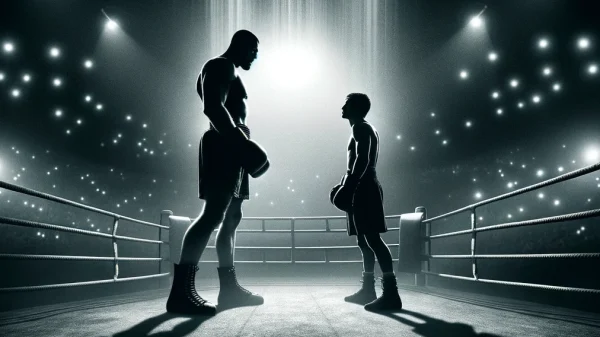Boxing, with its rich tapestry of history and tradition, has seen its fair share of dramatic, unexpected, and sometimes bizarre endings that have left fans and pundits alike bewildered and debating for years. The unpredictability of the sport is one of its most captivating features, with each bout having the potential to conclude in a manner that defies all expectations. Beyond the classic knockouts and unanimous decisions lie a plethora of fights that have ended under unconventional circumstances, making them memorable not just for the skill displayed within the ropes but for their controversial or downright strange conclusions.
Unusual injuries have played their part in shaping some of the most unexpected endings in the sport. These are instances where the physical toll of boxing transcends the routine cuts and bruises, leading to fight stoppages that can feel both anticlimactic and shocking. Whether it’s a freak accident or a rare medical condition coming to light mid-fight, such injuries add an unpredictable element to boxing, reminding both fighters and fans of the inherent risks involved.
Disqualifications, too, contribute their share of drama to the sport’s lore. Sometimes a fighter’s disregard for the rules, whether intentional or borne out of frustration, leads to an abrupt and unsatisfying end to a highly anticipated bout. These moments, often accompanied by confusion and chaos, spark debates about sportsmanship, rules enforcement, and the fine line between competitive edge and rule infringement.
Referee decisions have also been at the heart of some of boxing’s most bizarre endings. The person tasked with ensuring fairness and safety in the ring occasionally becomes the focal point due to controversial calls or judgments. Whether it’s a premature stoppage, an overlooked foul, or a misinterpreted rule, these decisions can flip the narrative of a fight, leaving a lingering sense of what might have been.
These unusual conclusions to boxing matches, whether due to injuries, disqualifications, or contentious referee decisions, add layers of intrigue and controversy to the sport. They serve as stark reminders of the unpredictable nature of boxing, where not every fight ends with a clear-cut knockout or decision, but sometimes with a story that becomes etched in the annals of the sport for its sheer unpredictability and bizarre nature.
8. Oliver McCall vs. Lennox Lewis II (1997)
The rematch between Oliver McCall and Lennox Lewis in 1997 is etched in boxing history for its bizarre conclusion, marking one of the most unusual endings to a heavyweight bout. In this highly anticipated fight, the expectation was for a competitive clash of titans, but it took an unexpected turn that left fans and commentators bewildered. As the rounds progressed, McCall, who had previously defeated Lewis, began to display uncharacteristic behavior that veered away from conventional boxing strategy.
The most startling moment came when McCall seemingly lost interest in the fight, refusing to throw punches back at Lewis and allowing himself to be hit without attempting to defend himself. His emotional state became the focus of the fight; he wandered around the ring, tears streaming down his face, ignoring his corner’s advice and the referee’s inquiries. This unprecedented situation put the referee in a difficult position, tasked with ensuring the fighters’ safety while also respecting the sanctity of the bout.
Eventually, the referee made the difficult decision to stop the fight, awarding the victory to Lennox Lewis by technical knockout. The ending was controversial and left many questioning McCall’s mental and emotional state rather than celebrating Lewis’s victory. This fight remains a topic of discussion for its unexpected and dramatic conclusion, highlighting the unpredictable nature of boxing where anything can happen, inside and outside the ropes.
7. Mike Tyson vs. Lou Savarese (2000)
The bout between Mike Tyson and Lou Savarese in June 2000, staged in Glasgow, Scotland, was a spectacle that ended in a manner that became a topic of much debate. From the outset, the fight promised intensity, with Tyson known for his aggressive style and Savarese looking to make a name for himself by standing up to one of boxing’s most formidable figures.
The encounter was brief, lasting only 38 seconds, but it was packed with action and controversy. Tyson quickly took control, unleashing a flurry of punches that overwhelmed Savarese. As the referee intervened to assess Savarese’s condition and potentially stop the fight, the confusion escalated. In the heat of the moment, with adrenaline running high, both fighters were caught in a chaotic exchange. Tyson, perhaps not fully aware of the referee’s intentions to halt the bout, continued his assault, leading to a chaotic scene where even the referee was inadvertently caught in the fray.
The swift conclusion to the fight, marked by this confusion and melee, left spectators and commentators dissecting the roles of both fighters in the incident. Rather than a clear-cut victory narrative, the Tyson-Savarese fight became a subject of analysis for the complexities of managing high-stakes, high-tension bouts in boxing, where the line between aggressive competition and the need for safety and sportsmanship is often blurred in moments of intense confrontation.
6. Floyd Mayweather Jr. vs. Victor Ortiz (2011)
The Floyd Mayweather Jr. vs. Victor Ortiz fight in September 2011, held at the MGM Grand Garden Arena, is notorious for its ending, serving as a stark reminder of the boxing mantra “protect yourself at all times.” The bout, filled with anticipation due to Mayweather’s return from retirement to face the younger Ortiz, escalated in controversy during the fourth round following an unexpected turn of events.
After Ortiz committed an illegal headbutt, action in the ring was paused by referee Joe Cortez, who deducted a point from Ortiz for the foul. In the moments that followed, Ortiz, seemingly seeking to apologize for the headbutt, approached Mayweather for an apologetic hug. It was in the immediate aftermath of this gesture, while Ortiz’s attention was still diverted towards the referee, that Mayweather seized the moment. He delivered a swift left hook and a right hand to Ortiz, who was unprepared for the sudden onslaught, leading to a knockout.
The bout’s conclusion ignited debates around the principles of fair play and the critical importance of the rule to “protect yourself at all times” within the squared circle. Mayweather’s actions, while within the rules, sparked discussions on sportsmanship and the ever-present need for vigilance in the ring. This fight remains a compelling case study in the unpredictable dynamics of boxing, where a single lapse in concentration can dramatically alter the outcome.
5. Zab Judah vs. Kostya Tszyu (2001)
The bout between Zab Judah and Kostya Tszyu in November 2001 is memorable not only for its in-ring action but also for the chaotic aftermath. Held for the undisputed light welterweight championship, the fight promised an electrifying clash between Judah’s speed and Tszyu’s power. The turning point came in the second round when Tszyu landed a powerful right hand that sent Judah to the canvas.
Judah, in a moment of defiance, quickly rose to his feet, but his unsteady legs betrayed him, prompting referee Jay Nady to stop the fight, awarding Tszyu the victory by TKO. The stoppage, deemed premature by Judah, sparked a controversial and unfortunate reaction. In a moment of heated frustration, Judah confronted Nady, pushing the referee and then, in a shocking turn, threw his boxing glove at him. This assault resulted in a melee in the ring, overshadowing the fight’s outcome and leading to fines and a suspension for Judah.
The Judah vs. Tszyu fight is often cited not just for Tszyu’s stunning victory but also for the dramatic events that followed, highlighting the intense emotions and high stakes involved in championship boxing. Judah’s actions post-fight underscored the pressures fighters face and the importance of sportsmanship in the heat of competition.
4. Roberto Duran vs. Sugar Ray Leonard II (1980)
The “No Más Fight” is one of boxing’s most storied and enigmatic bouts, taking place on November 25, 1980, between Roberto Durán and Sugar Ray Leonard. This rematch, coming just five months after Durán had handed Leonard his first professional defeat, was charged with anticipation and tension. The first fight had been a close, brutal affair, with Durán emerging victorious by unanimous decision, making Leonard keen on reclaiming his stature and proving the first result a fluke.
Held at the Superdome in New Orleans, the rematch unfolded under a vastly different narrative. Leonard, adopting a more mobile and tactical approach, utilized his speed and footwork to frustrate Durán, a stark contrast to their first encounter which was characterized by infighting and brawling. Leonard’s strategy of taunting and mocking Durán, combined with his hit-and-move tactics, seemed to unravel the Panamanian champion, who was unable to impose his will as he had in the previous fight.
The fight’s climax came in the eighth round when, in a moment that has since become legendary, Durán turned away from Leonard and apparently uttered the words “No más” (“No more”) to referee Octavio Meyran, signaling his desire to quit the fight. This sudden and unexpected surrender was met with disbelief and speculation. Durán’s reasons for quitting have been the subject of much debate, with theories ranging from physical ailments and frustration to problems with weight management in the lead-up to the fight.
The “No Más Fight” not only dramatically shifted the momentum in the rivalry between Leonard and Durán, with Leonard regaining his WBC Welterweight title, but it also left an indelible mark on the legacy of both fighters. For Leonard, it was a redemptive victory that showcased his versatility and strategic acumen. For Durán, despite a storied career and achievements across multiple weight classes, the fight became a haunting episode that would follow him, unfairly overshadowing his numerous accomplishments in the ring. The phrase “No Más” became synonymous with the fight, encapsulating a moment where the unpredictable drama of boxing was laid bare in the most unexpected of endings.
3. Andrew Golota vs. Riddick Bowe I (1996) and Andrew Golota vs. Riddick Bowe II (1996)
The bouts between Andrew Golota and Riddick Bowe in the mid-1990s are remembered as some of the most controversial and chaotic in boxing history. Their first encounter in July 1996 at Madison Square Garden was laden with expectation, as Bowe was a former heavyweight champion and Golota an emerging contender. The fight itself was a bruising affair, with Golota displaying surprising skill and dominance over the favored Bowe. However, the match descended into infamy due to Golota’s repeated illegal low blows, which led to his disqualification despite being ahead on the scorecards.
The unexpected and dramatic end to the fight prompted a highly anticipated rematch in December of the same year, this time in Atlantic City. The sequel, much like the first bout, was marred by Golota’s inability to adhere to the rules, again resorting to low blows despite clear warnings and previous penalties. The fight concluded in a similar fashion, with Golota being disqualified for the same offense, leading to widespread disbelief and disappointment.
The chaotic scenes didn’t end with the bell; both fights concluded with brawls breaking out in the ring, involving not just the fighters but their entourages and, in the first fight, spilling over into the crowd. These incidents prompted discussions about sportsmanship, regulation, and the role of a boxer’s corner in ensuring fair play.
The Golota vs. Bowe saga stands as a stark reminder of how quickly competitive spirit can devolve into unsportsmanlike conduct, overshadowing the athletic prowess displayed by both boxers. Golota’s repeated disqualifications, despite his clear talent and potential to win, became a perplexing footnote in his career, while Bowe’s legacy was also affected by these tumultuous encounters. These bouts remain etched in boxing lore, emblematic of the fine line between intensity and indiscipline in the heat of competition.
2. Bernard Hopkins vs. Chad Dawson I (2011)
The Bernard Hopkins vs. Chad Dawson bouts, particularly their first encounter in October 2011, stand out as one of the more bizarre chapters in recent boxing history. The fight, anticipated for its matchup between the experienced, cagey veteran Hopkins and the younger, athletic Dawson, ended in controversy, leaving a lasting debate in the boxing community.
The crux of the controversy occurred in the second round when Dawson lifted Hopkins during a clinch, causing Hopkins to fall awkwardly on his shoulder. Hopkins was unable to continue due to the injury sustained from the fall, leading to an immediate and confusing conclusion to the fight. Initially, the fight was ruled a TKO victory for Dawson, under the premise that Hopkins had not been hit by a punch to cause the injury, implying that Hopkins could have continued.
This outcome was met with widespread criticism, with many arguing that the nature of the injury and the manner in which it was caused did not warrant a TKO decision. The boxing world buzzed with opinions on the referee’s decision, the rules governing such incidents, and the fairness of the outcome. The controversy prompted a review by the governing bodies, leading to the decision being later overturned to a no-contest, thereby preserving Hopkins’ title reign.
The rematch, held in April 2012, was less controversial but still closely contested, with Dawson winning by majority decision in a tactical bout that went the distance. While the rematch provided some closure, the first fight between Hopkins and Dawson remains a focal point for discussions on sportsmanship, the role of referees, and the regulatory nuances of boxing. The unusual ending of their first fight exemplifies the unpredictable nature of the sport, where not all battles are conclusively decided by punches thrown.
1. Riddick Bowe vs. Buster Mathis Jr. (1995)
The bout between Riddick Bowe and Buster Mathis Jr., which took place in August 1995, is remembered for its unusual and abrupt ending, adding another chapter to the anthology of unconventional conclusions in boxing history. Bowe, a former heavyweight champion, was looking to reassert his dominance in the division against the relatively unheralded Mathis Jr., who was attempting to make a name for himself by taking on one of the era’s most formidable fighters.
The fight, while competitive in its early stages, took a bizarre turn when Mathis Jr., finding himself under pressure from Bowe’s aggressive approach, took a knee to avoid further punishment. This tactical move, typically employed by fighters to momentarily halt their opponent’s momentum and recover, set the stage for the fight’s controversial climax. While Mathis Jr. was on one knee, signifying a temporary cessation of engagement as per boxing rules, Bowe delivered a powerful right hand that connected, sending Mathis Jr. to the canvas.
The illegal blow, thrown while Mathis Jr. was in a position that should have afforded him protection, resulted in Bowe’s immediate disqualification. The fight’s conclusion was met with a mix of confusion and outrage, as the anticipation of a competitive bout between two heavyweights was cut short by a moment of indiscretion.
The Bowe vs. Mathis Jr. fight serves as a stark reminder of the importance of discipline and adherence to the rules, even in the heat of battle. The incident not only impacted the outcome of the bout but also served as a learning moment for the boxing community regarding the enforcement of regulations and the conduct expected of professional fighters. This bout remains a topic of discussion, illustrating how quickly the tide can turn in the squared circle, not just by the prowess of the fighters but also by their actions and decisions under duress.
